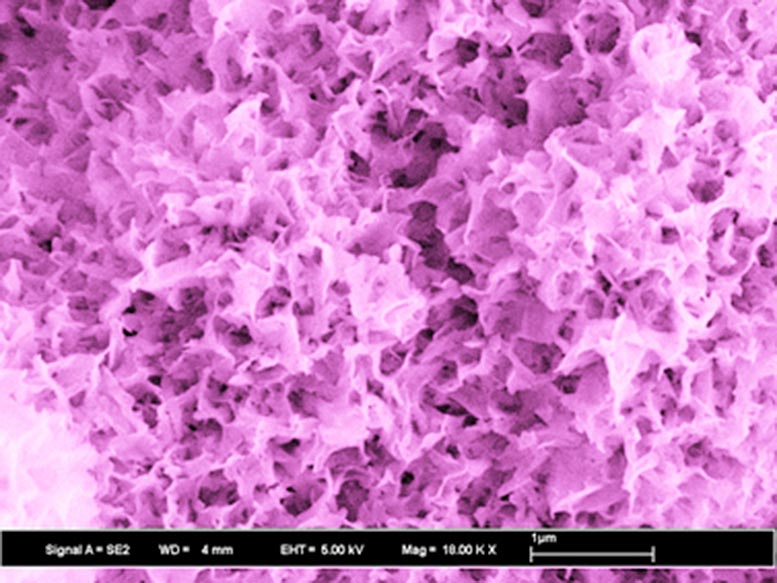Unlocking the Mysteries of the Bio/Nano Interface
4 Years, 1 Month, 12 Hours, 57 Minutes ago

An interdisciplinary research team at Lehigh University has unraveled how functional biomaterials rely upon an interfacial protein layer to transmit signals to living cells concerning their adhesion, proliferation and overall development.
According to an article published today in Scientific Reports, the nanoscale features and properties of an underlying substrate do not impact the biological response of cells directly. However, these properties indirectly influence cell behavior through their control over adsorbed proteins.
In the article, “Nanostructure of bioactive glass affects bone cell attachment via protein restructuring upon adsorption,” the Lehigh team demonstrates that living cells respond to interfacial layer characteristics that arise as a consequence of micro- and nano-scale structures engineered into a substrate material. These infinitesimally-tiny structures have an enormous impact upon the nature of the proteins and how they restructure themselves and electrostatically interact with the material, which in turn influences the manner in which cells attach to the substrate and develop over